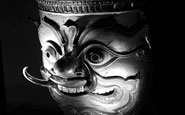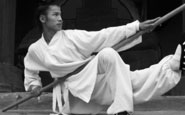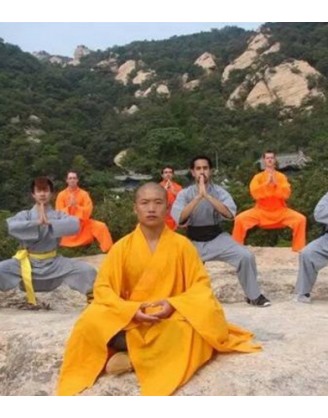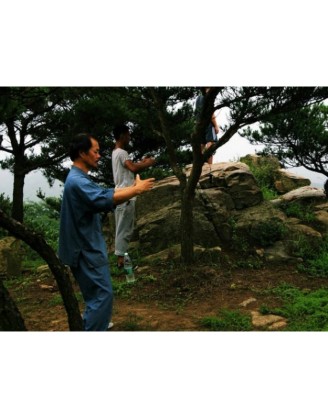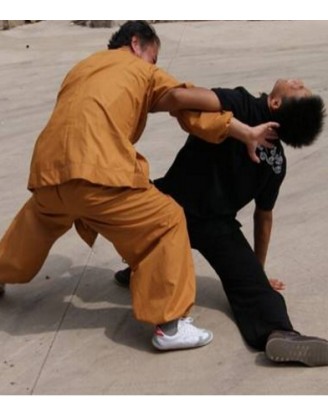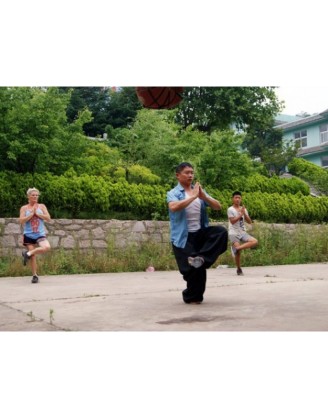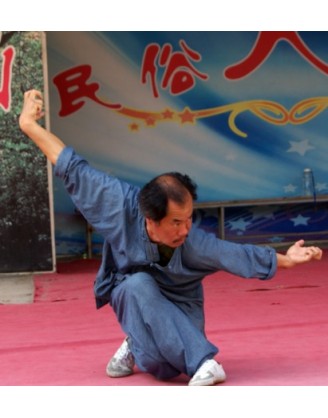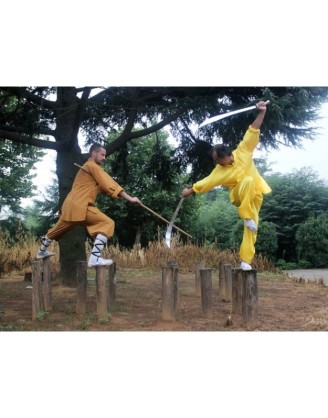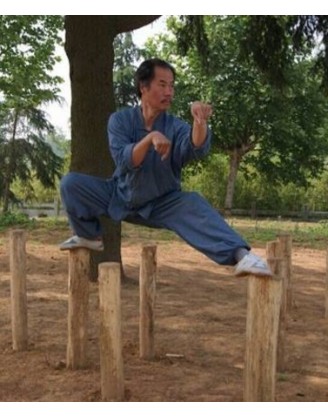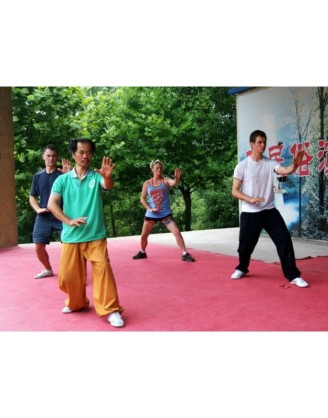Jiang Taigong Shaolin Kung Fu Academy
Showing 1 to 4 of 4 (1 Pages)
Jiang Taigong Shaolin Kung Fu Academy
|
Jiang Taigong International Shaolin Kung Fu Academy was established in 2014; we are located at the foot of Zhu Long Mountain, a nature reserve in Rizhao, Shandong province. We are surrounded by natural beauty; two temples, lakes, a palace, and 365 Gods are placed around the mountain with different expressions of their meanings, of which you can read about the history. Our school is a multi-functional building, consisting of: Dining room, training hall, huge outside training areas, performance stage, relaxation area, basketball court, ping pong table, conference room where many students can watch movies together on our 50-inch TV, washing machines, inside & outside clothes drying area. Not forgetting our interpreters here that guarantee students good communication with their Masters. And most importantly our various styles of Kung Fu that you can learn with top masters and not forgetting our Mandarin, Massage, and Calligraphy classes.
No matter if you a professional martial artist trainer looking to further your profession or whether you are a beginner with no idea where to start, Our shaolin kung fu school will take care of you. There are no limits as to what you can achieve at our school. We offer programs for everyone, no matter what your fitness level, size or physical limitations are.
We focus on training plans given by our Academy.
In our kung fu school, you are a particular individual and have your own martial arts training record which your master will fill make notes about your progress everyday.
Authentic and Traditionally-based martial arts training for Everyone including Shaolin Kung Fu, every shaolin forms and weapons. Tai chi, every kind of tai chi style. Qigong, soft qigong and hard qigong. Chinese Kickboxing, that is sanda. Wing chun, Xing Yi, Ba Gua,Mantis, mantis boxing .Ba duan jin, Yi jin jing.
Authentic Shaolin monks from the Shaolin temples in both northern and southern China, and by other highly qualified shaolin kung fu masters with many years of kung fu teaching experiences.
Shaolin Kungfu
Shaolin kungfu(shaolin martial arts) is a part of Chinese kung fu. Shaolin kungfu from shaolin temple was not the first type of kung fu, in ancient times people had to fight everyday for survival as well as use tools to work the land and make produce. So kungfu came into being by long term practising and developing of this daily struggle. During the stone age (roughly 600,000 years ago) our ancestors had begun to hunt with flint, axe, stone sword, stone hammer, stone sickle etc. People got the notion of chopping, spliting and smashing and they used these weapons and techniques when in combat with animals and each other.
Wudang Kungfu
Wudang chuan, extensive and profound, goes back to ancient China. At the end of Yuan Dynasty and beginning of Ming Dynasty, Zhang Sanfeng, the pioneer of Wudang Kungfu combined the essence of Yijing and TaoTeChing with Chinese martial arts and created the Wudang Quan with a significant fitness value.Wudang martial arts practice attaches great importance to the cultivation of human essence, energy and spirit. For outside body, emphasizing the training of hands, eyes, body, method and steps; while inside stresses essence, energy, spirit, power and form. Both inside and outside emphasize on medium, positivity, stability, calmness, relaxation, quietness and softness. The practice of Wudang also focuses on the yin and yang transformation, combination of dynamics and statics, and of softness and hardness.
Tai Chi
Tai Chi is an internal Chinese martial art practised for both its defense training and its health benefits. It is also typically practised for a variety of other personal reasons: its hard and soft martial art technique, demonstration competitions, and longevity. As a result, a multitude of training forms exist, both traditional and modern, which correspond to those aims. Some of tai chi chuan's training forms are especially known for being practised with relatively slow movement.
Ba Gua Zhang
BaGuaZhang, the practice of circle walking, is Baguazhang's characteristic method of stance and movement training. All forms of Baguazhang utilize circle walking prevalently as an integral part of training. Practitioners walk around the edge of the circle in various low stances, facing the center, and periodically change direction as they execute forms. For a beginner the circle is six to twelve feet in diameter. Students first learn flexibility and proper body alignment through the basic exercises, then move on to more complex forms and internal power mechanics. Baguazhang is considered neither a purely striking nor a purely grappling martial art.
Wing Chun
Wing Chun Quan, also called Ving Tsun or Wing Chun. It’s a Chinese martial art emerged long ago throughout the Guangdong and Fujian province, which specializes in aggressive close-range combat. Compared with the softness of Tai Chi, Wing Chun, one of the branch of Chinese martial arts, is much more direct and fierce. Concerning on the practicality and efficiency, the creation of the kungfu is based on the concept that the shortest distance between two points is a straight line. Wing Chun was originally passed down from teacher to student orally rather than through written documentation, making it difficult to confirm or clarify the differing accounts of its creation. There are several characteristics in Wing Chun.
Kickboxing
Kickboxing (Sanda), Chinese kickboxing is a martial art which was originally developed by the Chinese military based upon the study and practices of traditional Kung fu and modern combat fighting techniques. It combines full-contact kickboxing, which include close range and rapid successive punches and kicks, with wrestling, takedowns, throws, sweeps, kick catches, and in some competitions, even elbow and knee strikes.
Xing Yi Quan
Xing Yi Quan features aggressive shocking attacks and direct footwork. Most of the training and footwork are practiced on straight lines. The linear nature of the art hints at both the military origins and the influence of spear technique alluded to in its mythology. The goal of the Xing Yi exponent is to reach the opponent quickly and drive powerfully through them in a single burst.
Qigong
Qigong is a practice of aligning body, breath, and mind for health, meditation, and martial arts training. According to Daoism, Buddhism, and Confucian philosophy, respectively, qigong allows access to higher realms of awareness, awakens one's "true nature", and helps develop human potential. Qigong practice typically involves moving meditation, coordinating slow flowing movement, deep rhythmic breathing, and calm meditative state of mind. Qigong is now practiced throughout China and worldwide for recreation, exercise and relaxation, preventive medicine and self-healing, complementary and alternative medicine, meditation and self-cultivation, and training for martial arts.
Praying Mantis
Praying Mantis is a style a martial arts, sometimes known as Shandong Praying Mantis after its province of origin. It's techniques are particularly useful in combination, for example using the force imparted from a block to power an attack. So if the enemy punches with the right hand, a Praying Mantis practitioner might hook outwards with the left hand, shifting the body to the left and using the turning force to attack the enemy's neck with a right hook. Alternately, he might divert downwards with the left hook and rebound with the left wrist stump to jaw/nose/throat. The "praying mantis hook" is also part of some of the distinctive typical guarding positions of the style.Praying Mantis is especially known for its speed and continuous attacks.
Baduan Jin
The Baduanjin qigong is one of the most common forms of Chinese qigong used as exercise. Variously translated as Eight Pieces of Brocade, Eight-Section Brocade, Eight Silken Movements and others, the name of the form generally refers to how the eight individual movements of the form characterize and impart a silken quality to the body and its energy. The Baduanjin is primarily designated as a form of medical qigong, meant to improve health. This is in contrast to religious or martial forms of qigong. However, this categorization does not preclude the form's use by martial artists as a supplementary exercise, and this practice is frequent.
Baji Quan
Baji Quan is a Chinese martial art that features explosive, short-range power and is famous for its elbow strikes. It opens the opponent's arms forcibly and mount attacks at high, mid, and low levels of the body. It is most useful in close combat, as it focuses on elbow, knee, shoulder and hip strikes. When fighting with your opponent, baji quan techniques emphasize on the strike of vulnerable parts of the body, namely the thorax, trunk of the body, legs and neck. The major features of Baji include elbow strikes, arm/fist punches, hip checks and strikes with the shoulder. All techniques are executed with a short power, developed through training.
Yijin Jing
The Yijin Jing is a Qigong manual containing a series of exercises, coordinated with specific breathing and mental concentration, said to enhance physical health dramatically when practiced consistently. In Chinese yi means change, jin means tendons and sinews, while jing means methods. This is a relatively intense form of exercise that aims at strengthening the muscles and tendons, so promoting strength and flexibility, speed and stamina, balance and coordination of the body. The basic purpose of Yijin Jing is to turn flaccid and frail sinews and tendons into strong and sturdy ones. The movements of Yijin Jing are at once vigorous and gentle.
Zhulong Mountain Nature Reserve, Rizhao, Shandong province, China
|


